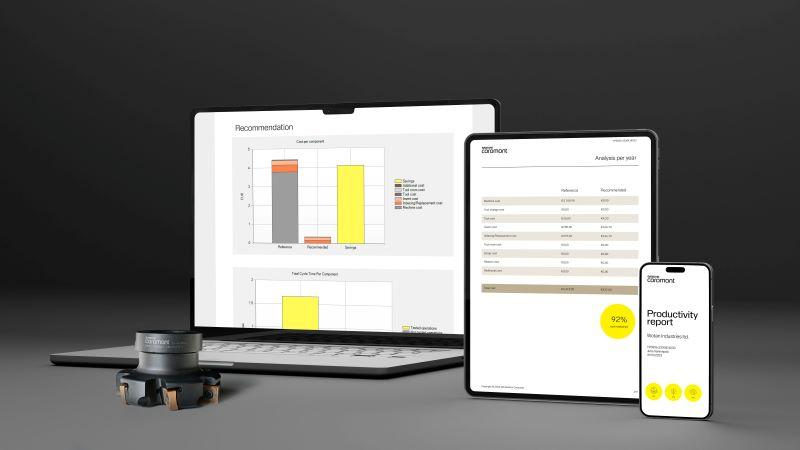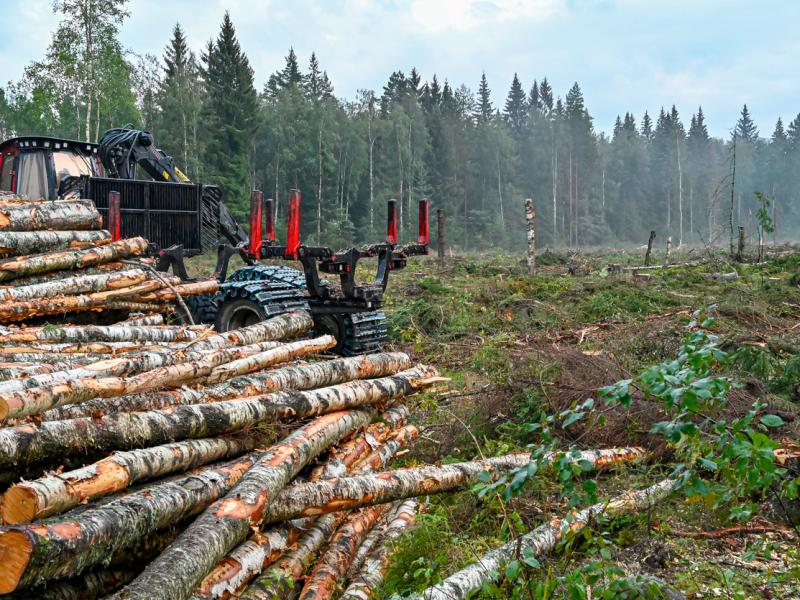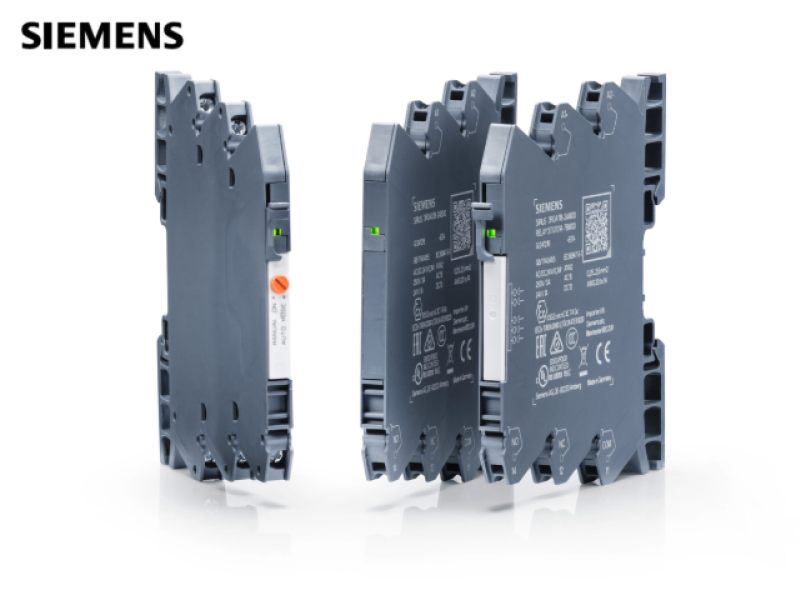When legendary management consultant Peter F. Drucker said in his book, The Effective Executive, “what gets measured, gets improved”, he’d likely have never pictured the ways in which we measure today. Being data driven is the ambition of many manufacturers — but how many are measuring their sustainability credentials? Here Patrik Eurenius, Head of Sustainability and EHS at metal cutting tools and manufacturing solutions expert Sandvik Coromant, explains the importance of measuring manufacturing sustainability as the company launches its new analyser tool.
At the UN’s COP28 climate conference in 2023, world leaders debated what an agreement to end the use of fossil fuels could look like. In the end, it was agreed the world would work towards “transitioning away from fossil fuels in energy systems in a just, orderly and equitable manner”. While a step away from initial discourse around the complete ‘phasing out’ of fossil fuels, the very inclusion of fossil fuels in net zero plans was seen as a landmark moment.
Accounting for one-fifth of global carbon emissions and 54% of the world's energy usage, tackling fossil fuel reliance in the manufacturing and production sector will undoubtedly support global environmental goals.
Historically, the way that companies measure sustainability has been subject to accusations that it is fluff rather than fact. That’s because, in the past, metrics haven’t been held in the same regard as other business metrics, such as financial data. But that’s all set to change.
The detail is in the data
Businesses that focus on sustainability tend to see great rewards. Embedding metrics such as waste generation, carbon emissions and energy usage into business strategy is essential to meeting customer demand, regulatory requirements and investor preferences. An emphasis on sustainability has also been proven to attract top talent, reduce costs and boost financial profits.
However, despite its benefits, businesses still struggle to showcase their credentials. Research published by the World Economic Forum revealed that, while 90% of executives believe sustainability is important, only 60% of organisations have sustainability strategies in place.
What’s the biggest sticking point? To paraphrase Drucker, what’s not being measured, simply cannot be improved upon. To reduce reliance on fossil fuels, tackle greenhouse gas emissions and limit the production of waste, manufacturers need access to the right data.
An upgrade on analytics
To help its customers capture, measure and use their data, Sandvik Coromant offers a Productivity Analyser. Used to illustrate the direct and indirect benefits of smart machine tooling, such as increased productivity, higher rate of return and increased machine utilisation, customers receive a detailed breakdown of their tool use and its impact on their operations. Data is delivered through a reporting system, which outlines the exact savings customers can make by using Sandvik Coromant tools and features suggestions for further improvement.
Alone, the Productivity Analyser is successful. In 2023, the Sandvik Coromant sales team created 6,096 productivity reports that, in total, have helped customers save 1.948 million hours of production. Now, Sandvik Coromant is adding new features into the tool to help customers measure their energy consumption and carbon footprint.
The analyser will feature a new page of sustainability data, including the energy consumption per component in kilowatt hours (kWh), the energy consumption per year and the amount of CO2 emissions generated per year. To help determine these metrics, Sandvik Coromant will be adding some additional test parameters to its analysing process. These include efficiency, measured by the amount of energy input on the spindle used for cutting processes, the price of energy in the manufacturer’s local area and the carbon intensity of that energy, the amount of power required to run a machine outside of its normal cutting requirements, geometrical data on tools and the material hardness of the machined component.
The Productivity Analyser then sends this test data to CoroPlus Tool Guide where the calculations are made, and the sustainability results are sent back to the analyser. Sandvik Coromant can then give customers exact figures on energy consumption (kWh), energy cost savings and CO2 emissions. Adding sustainability data is possible for any new tests ran through the Productivity Analyser, or for existing ones that have already been created.
In one test case, when analysing the performance of a leading automotive manufacturer, the sustainability analyser helped facilitate a 15% increase in productivity. This was made possible through deep analysis into the customer’s machine cost, tool cost, energy cost, total emissions and several other key metrics. Sandvik Coromant was able to take the customer’s production data and recommend, for instance, a reduction in energy consumption per component from 0.92 kWh to 0.71 kWh. Equipped with this data, the customer is now able to make better informed decisions to reduce their carbon footprint.
Unlocking more value
With this new level of insight into their operations, customers will be able to better understand the impact of their production. However, having this knowledge isn’t the end of the story. Knowing more about a facility’s carbon footprint is only the starting point — what manufacturers do with that data makes the impact.
At Sandvik Coromant, we take our own holistic view on sustainability. Our brand mission, Manufacturing Wellness, encompasses a variety of habits we believe manufacturers must have in order to be successful and resilient. Following these habits, we believe, will steer us, our partners and our customers towards a state of wellness.
One habit is eliminating waste. A key element in efficient manufacturing is to eliminate anything that does not add value or contribute to the output. This can include the reduction of scrap material, as well as the wasted energy produced through inefficient machine use. Sandvik Coromant supports this with the reduction of waste in our own facilities and for our customers through initiatives such as our global buy-back scheme, allowing customers to sell their used metal cutting tools back to Sandvik Coromant for recycling.
Another key habit we seek to practise is to unlock potential with data. We believe successful manufacturers are those who recognise data as a primary asset for their company, and use it to make the right decisions. While the data we deliver through our analyser cannot tell our customers exactly what to do to reduce their emissions, it offers a guiding hand that helps them make better informed decisions.
It’s no secret that the manufacturing industry must act to reduce its carbon footprint. However, little can be improved if it is not measured correctly. Having a true, data-driven picture of where a manufacturer is right now will help guide them to where they need to be in a net zero future. Offering customers the ability to measure the emissions output of their machining operations means we can deliver the foundations for a more sustainable future.
To learn more about Sandvik Coromant’s approach to manufacturing sustainability, visit the website.






